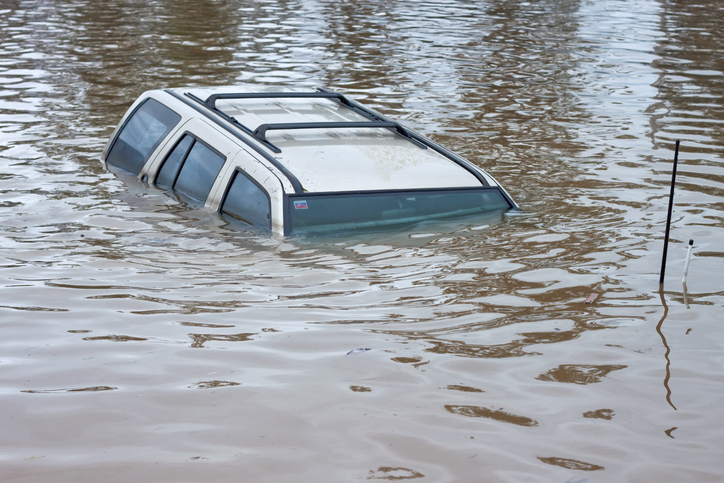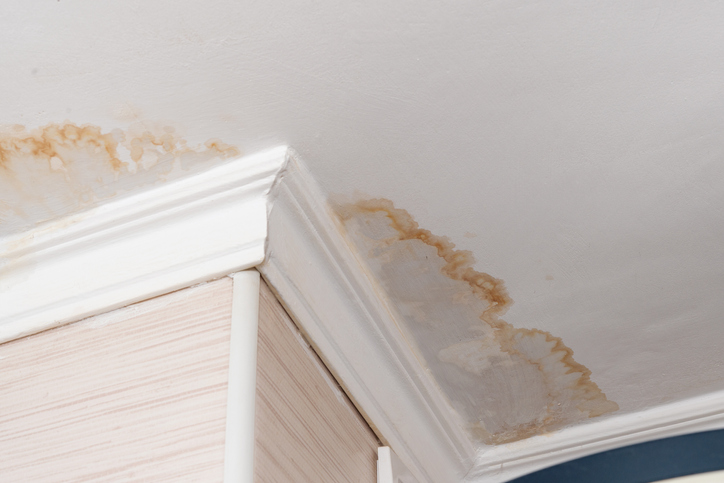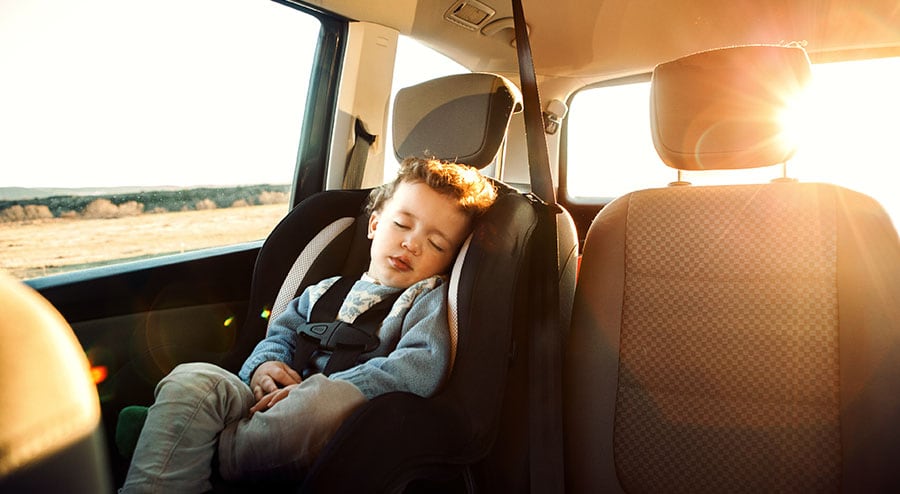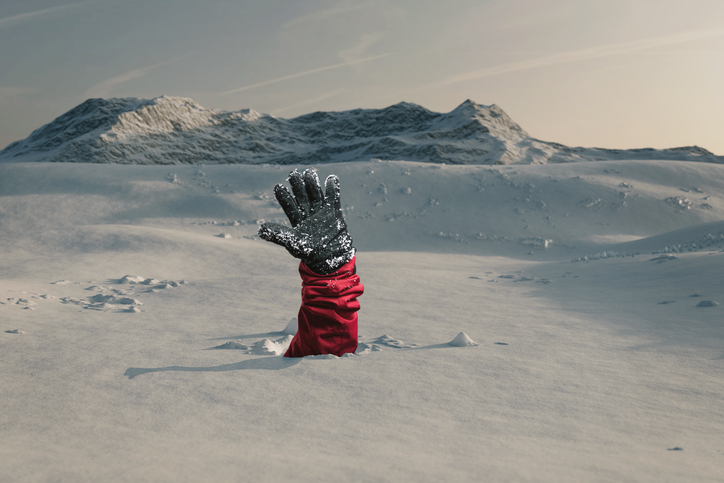Over the last 30 years, it is estimated that nearly 127 people die per year from floods. What’s more striking is that almost half of these deaths are vehicle-related. Flooding impacts nearly every state in America and can occur any time during the year. Floods have also been found to kill more people than tornadoes and hurricanes, no one is protected from this national disaster.

Driving in flood conditions has become an increasing concern for all of us. Do you know how to drive in the rain? What do you do if you see a flooded underpass? No matter how confident you are in your driving abilities, testing your limits in a flood zone is the wrong idea. Turn around, don’t drown, and save the lives of those in your car.
Causes and Types of Flooding
A flood is an excess of water on normally dry land. Flooding can occur instantaneously or over a prolonged period of time, and can last anywhere from days to months. Flooding can result from a number of causes, but the following are the most common sources:
- Heavy rainfall or snowmelt
- River flooding and bank overflow
- Storm surge or coast influx
- Dam Break or Levee Failure
- Overwhelmed sewers and drainage systems
- Ice or Debris Jam in flowing water
- Flash Floods
Of these causes, flash floods are the most concerning source to be aware of. A flash flood can happen rapidly and usually results from massive amounts of rainfall that can cause a significant change in water levels of creeks or rivers leading to rushing and overflowing water. Water can also accumulate on areas covered in asphalt for instance as the ground is unable to absorb the large amounts of water. Moreover, flash floods can be dangerous for hilly regions for the potential to cause rocky runoff.
“Turn Around, Don’t Drown”
Turn Around, Don’t Drown, or TADD, is a national weather service campaign that aims to warn the general public about entering flooded areas, including by foot or vehicle. The organization has initiated the development of official road signs reading “When Flooded Turn Around Don’t Drown” and aims to heighten awareness in areas prone to flooding. For instance, in Eastern Oklahoma, numerous regions have already posted a number of these street signs especially in flash flood zones. They acknowledge that people tend to underestimate the power and force of flood water and are making efforts to increase awareness and decrease the casualties from this natural disaster. Their main advice outlines never crossing flowing streams, dont assume the condition of roadways underwater, and to abandon your car and get to higher ground if caught in a flood zone. Turn around if you see a flood, don’t risk the dangerous outcomes.
Identifying Flood Zones
In urban areas specifically, underpasses, underground parking structures, buildings with basements, and road dips are highly susceptible to the effects of a flash flood. The over accumulation of water and inability of drain systems to filter the water post a significant hazard. Moreover, the construction of driveways and parking lots can increase runoff and worsen flash flood conditions. Other areas such as dips, low spots, drainage ditches, canyons, and more are subject to flooding and should be avoided.
But how do you know if a roadway is flooded? Listen to the local radio, look for road signs indicating flood zones, and be aware of the weather forecast. Moreover, some local officials may put up barricades to redirect traffic.
You will not be able to tell how deep the water is, especially at night, if driving up to a highly flooded roadway. Deep water can have obstructions, dips, or other hazards that could damage your car and threaten your safety. It’s been determined that only 6 inches of water can reach the bottom of a majority of cars whereas 2 feet of water can carry away most vehicles if it’s moving. That includes heavy pick-up trucks! As a general guideline, it’s recommended that typical vehicles should not drive through water that is up to the center of their wheels.
Car Damages from Flooding
There are numerous ways driving your car through flooded water can mean the end of its life. Deep flood water can impact your engine by causing it to stall or ‘hydro lock’ which can be irreversible damage. Regarding your transmission, if water enters the vents it can dissolve the linings and lead to complete failure. Costing upwards of a couple thousand dollars for a replacement, it’s not worth the risk when you could avoid flooded roads altogether. Moreover, water can cause your rotors to warp, lead to suspension joint failure, cause malfunctions in various aspects of the electrical components from air conditioning to headlights, and lastly even major interior damage necessitating replacement or repair.
What Happens When You Drive Into Flood Water?
As mentioned, some of the most susceptible places you can encounter accumulated flood water is at low spots such as underpasses, densely populated areas with increased runoff, inadequate drainage, or roadways that cannot absorb water, and lastly areas near bodies of water. Flood water in these areas can travel at high speed and with great momentum. If your car enters flood water that is moving, your car can take over the force and can be propelled. Research shows that only one foot of water that moves at 10 miles per hour projects nearly 500 pounds on a vehicle. Moreover, for every additional foot around the car, it can oust 1,500 pounds of however much the car weighs. All that said, 2 feet of water moving 10 mph can float your car. It is recommended to try and maintain a speed below 5 miles per hour if you have to enter a flooded zone or any high standing water. Going in fast is said to be the same as hitting concrete, so maintaining a speed around 2mph is ideal.
Being swept away by moving water is more than likely in flooded areas. While we can prepare you and warn you to avoid, turn around, and get to high ground, sometimes getting caught in flood is unavoidable. For this reason, we also want to teach you safety strategies, and what to do if you can’t escape before it’s too late.
How to Escape a Car Caught in a Flood
If you are caught in flood water that threatens to engulf your car and sweep you away, there are certain escape methods that you should know. Whether faced with rising water levels, or your car being fully submerged, these techniques can save your life.
Lower Window and Swim
If you find the water levels are rising and your car is sinking, the first step is to stay calm. If you can try and observe safe outdoor conditions such that there is not an overwhelming amount of debris or electrical threats, then the first step is to unbuckle your seatbelt and lower your window. Your door will be nearly impossible to open without superhuman strength, so lowering your window as quickly as possible before you car malfunctions or water levels get too high is key. Water will rush in quickly so once you swim out, swim with the flow of the moving water and do not hold onto your car. Get to high ground and locate help.
Break Window
If your window controls do not work or you can’t get your window down fully, then you should try and break the window. You should first try to use any sharp or heavy object in your car, such as a rock or hammer, and then attempt to use your foot or shoulder near the hinges to break out. Escape tools have been made for this specific scenario and you should consider purchasing one if you live in a flood prone region.
Last Resort: Sink
If you were unable to swim out, and cannot break open the window, head towards the back of the car or wherever has the most remaining oxygen. Then, let the car sink. While terrifying, once fully submerged, you can wait for the pressure on the inside and outside of the car to equalize and can open one of the car doors. This may happen at different time points either once fully underwater or with a little air left remaining so it’s important to be aware and calm in this situation.
Other Safety Considerations of Flood Water and Resources
Apart from the mere death risk they pose, flood waters can be dangerous for a multitude of other reasons. It is hard to know exactly what flood waters contain either following a flash flood or other rapid or prolonged flooding event which may allow things to accumulate. For instance flood waters may possess anything ranging from downed power lines, to feces or waste, industrial hazards and chemical waste products, physical objects including debris or lumbar, or even living biological germs or animals like snakes. Flood waters can threaten your health in numerous ways, highlighting why even walking through flood waters is dangerous. Along with the force of the water that can knock you off your feet, you can get sick, injured, or worse from coming in contact with flood waters.
Moreover, in the event of an emergency or once you have escaped your car, always be sure to call 911 for help and rescue. However, other companies including AAA or OnStar are also helpful in these situations. AAA not only offers instruction for how to act in emergency flooding situations, but offers towing services and advice for post flooding protocols with your vehicle. Moreover OnStar is a platform that provides communication systems, vehicle security and emergency services, and more. More importantly, with OnStar Crisis Assist, they can connect you with an advisor at the time of the emergency who can provide routing assistance and emergency aid.
What we have learned from California flooding…
California has been receiving record breaking rainfall, starting off January 2023 with a three week period of nearly 11 inches statewide. Leading to massive flooding, landslide, and significant damage, the state was drowning. Now again, in February of 2024, California has already begun to see record weather with it being said to be the 13th wettest February based on their records, and it’s only a week into the month. Coupled with raging winds and mudslides, even in their estimated low risk flood zones, California is a prime example of why we need to have flood awareness. After struggling with drought, to being overwhelmed with water, policies and awareness are ever changing in the state.
One of the most recent storms in Southern California has already been found to have killed 9 individuals, one of which whose vehicle was caught and swept down a flood channel. The surge of rainfall and damage to roadways including collapsed walls, tree debris, and mudslides suggest how important it is to avoid driving in these conditions and avoiding flooded areas at all costs. Keep yourself safe and don’t drive into the eye of the storm.
So, when it comes to flood safety, if you cannot avoid driving into flood water or find your car being swept away, be sure to remember these tips and steps for escaping a flooded car; Stay calm, unbuckle your seatbelt, lower your window, and try to swim out. If this is not achievable, then try to break the window. If you find yourself trapped, take a deep breath, go to the point of your car with the most oxygen and let yourself sink until the pressure equalizes enough so that you can open your door and swim to safety. Find high ground and call for help. You made it out.
Conclusion
When it comes to flooding, protecting yourself and your passengers is as simple as avoidance. Don’t make it a close call. Understand which areas around you are prone to flooding, learn about the damages you can impose on your car, and if necessary know how to escape a sinking vehicle if trapped on a roadway. Vehicle safety in flood zones starts with you, and not starting up your car.
Disclaimer
Content on this site is for reference and information purposes only. Do not rely solely on this content, as it is not a substitute for advice from a licensed healthcare professional. StaySafe.com assumes no liability for inaccuracies. Consult with your doctor before beginning any medications or programs.




